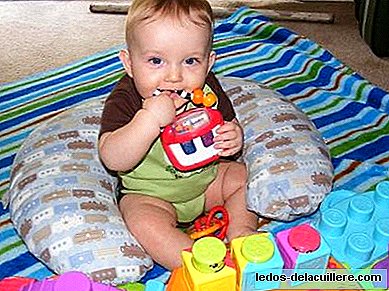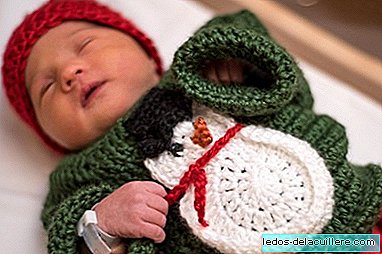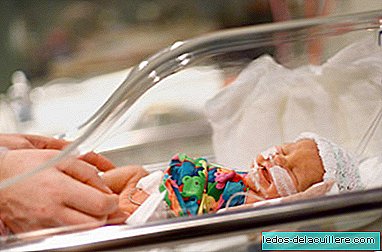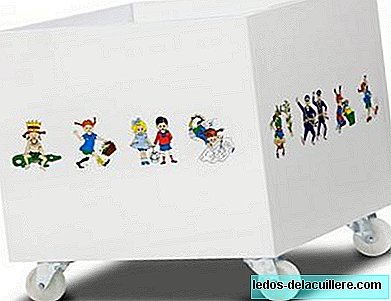
Babies explore through the mouth, so when they are able to put their hands to their mouths, they are also able to take food and any object. 30% of children suffer accidents due to the ingestion or inhalation of foreign bodies. It is one of the main preventable causes of death in children under three years.
This has been revealed during the 32nd Argentine Congress of Otolaryngology, where a study has been realized that detected that 52% of the accident cases analyzed correspond to minors of that age. The most dangerous moments: during the meal and the game.
In 80.3% of the cases there was an adult present at the time of the accident, which occurred while the child was eating (in 48% of the cases) and while playing (in 40%). In the first years of life children usually swallow organic foreign bodies and when they go to school, stationery.
What happens when a child swallows a foreign body?
Some of the foreign bodies are expelled by protective reflexes (such as cough or vomit) or by first aid assistance maneuvers that we should know about. The severity of a foreign body lodged in the airways depends on its nature, its size, its location and, above all, on the degree of obstruction it originates.
In the aspiration of foreign bodies there are several phases:
The immediate stage that occurs immediately after aspiration is presented as: cough paroxysms (59%); airway symptoms (85%) such as cough, choking, nausea; wheezing and / or stridence (57%); laryngeal cough; There may also be total airway obstruction or there may be no symptoms.
The second or asymptomatic stage It can last from a few minutes to months. This variability depends on the location of the foreign body, the degree of airway obstruction, the type of material aspirated and the ease with which the object can migrate.
The third clinical stage is the new symptomatic period characterized by inflammation or infection of the airway. This is more likely if the foreign body is organic in nature. Symptoms include repeated coughing with productive sputum, fever, wheezing and occasionally hemoptysis, pneumonia, lung abscess or pneumothorax.
As the symptoms of aspiration can be confused with different diseases such as asthma, bronchitis, pneumonia ... you have to be aware of what the child has done and if he has had any symptoms of previous asphyxiation.
But as it is better to prevent, we will have to be very attentive to what the baby takes to the mouth. Surely we keep telling you for a long time "No mouth!", But the less small and dangerous objects at your fingertips, the better. Do not forget to check all those toys, including teethers, that may be defective, worn out ... and pose a danger.












